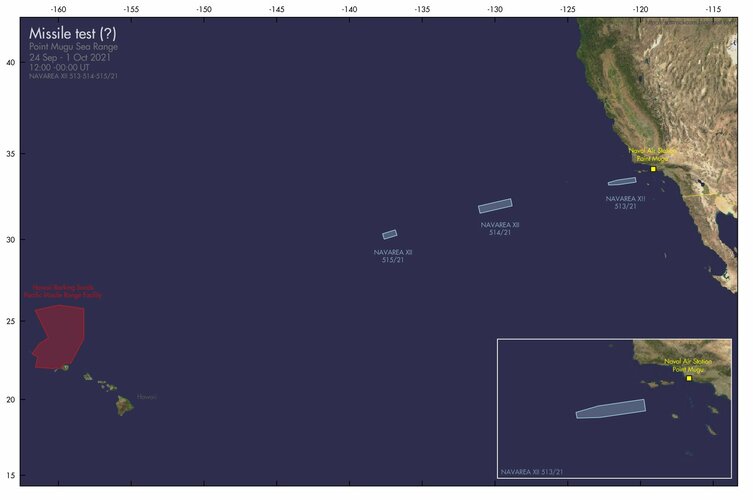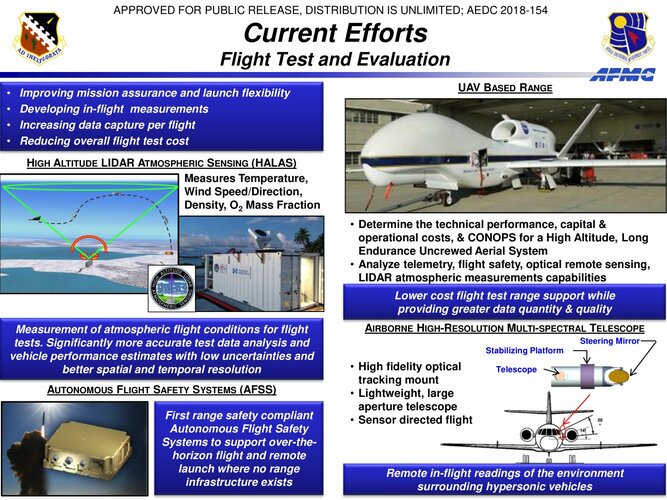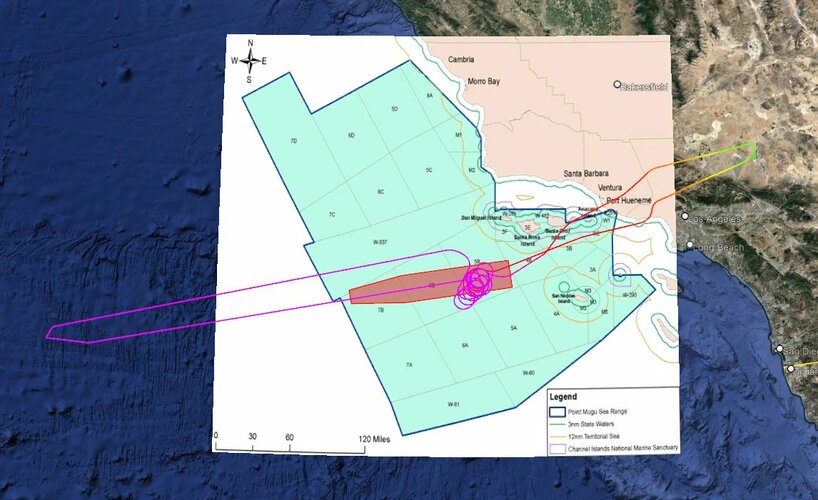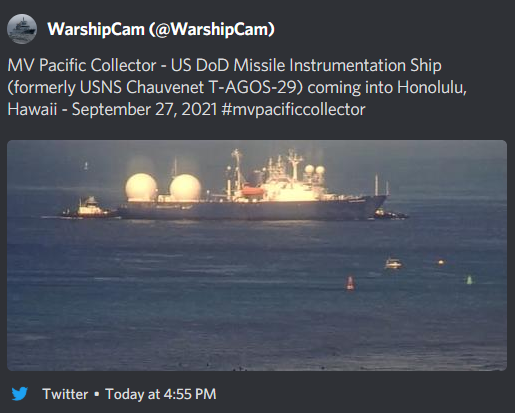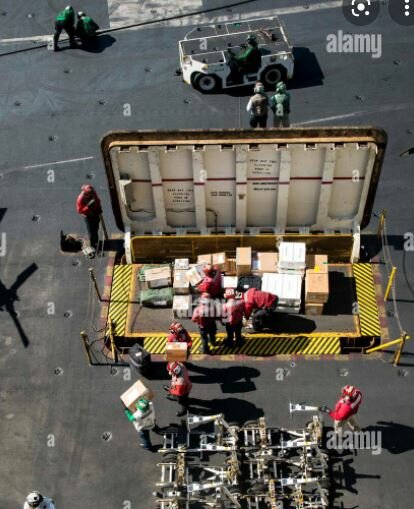Changing elevator sizes would be an absolutely massive undertaking. Those shafts connect the hanger deck (or flight deck on Ford) with the lowest compartments of the ship. Comparatively speaking the Zoomies are only three ships that are tasked with anything and have a huge pile of dead space. Though IMO giving them CPS is a pretty desperate attempt to put lipstick on a pig. But at least there’s no impact to regular deployments taking those ships out of service; they’re already missionless orphans.
Look how long it took to repair as built.
Aren’t they armored from top to bottom because of what they carry? Cutting all that away and then replacing it again does seem like it would be incredibly invasive and difficult.
This may seem like a dumb question. In time of war couldn’t you put an oversized weapon on the aircraft elevators if pressed?
P.s. There’s holes in my thinking but this is strictly a hypothetical question


